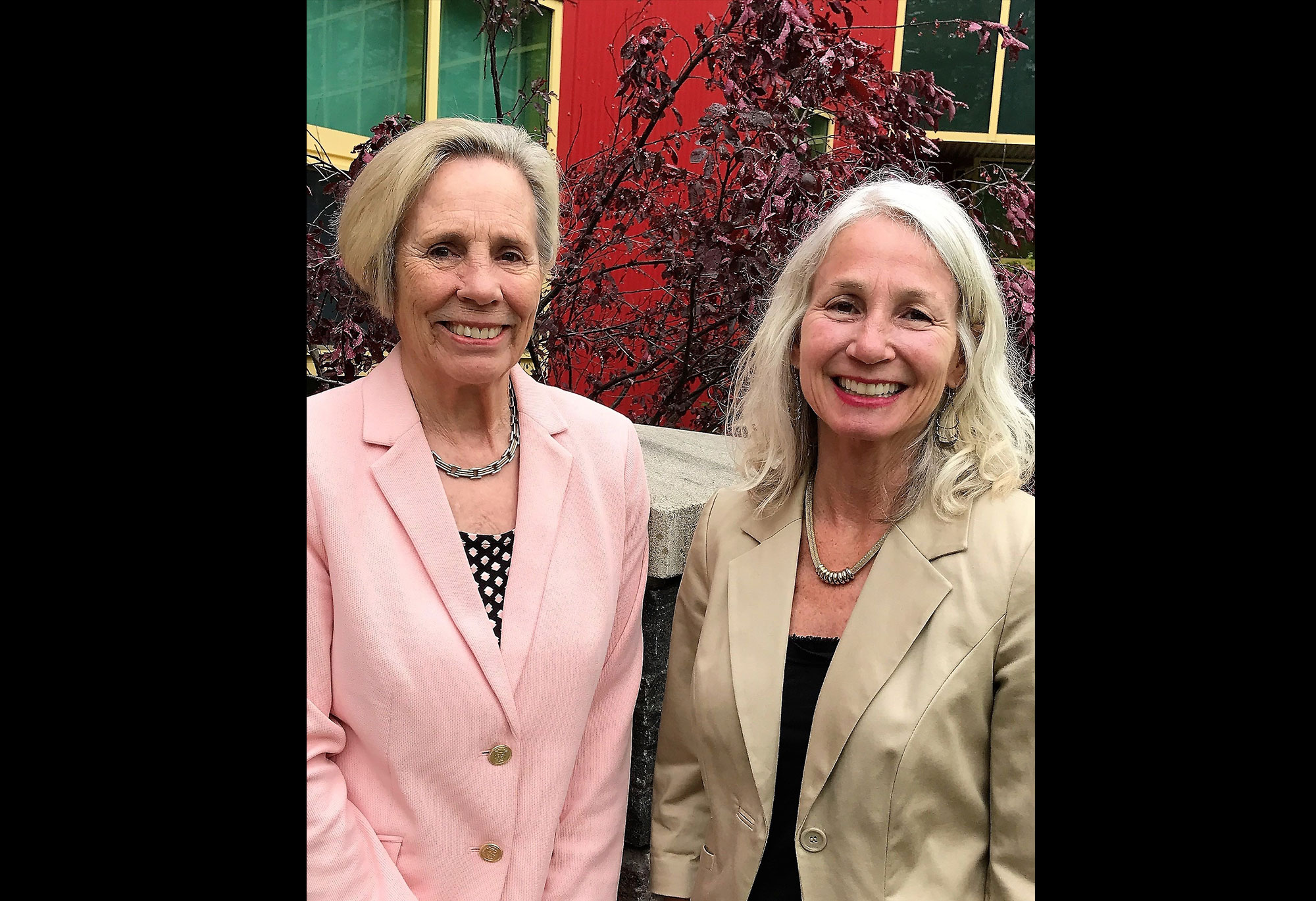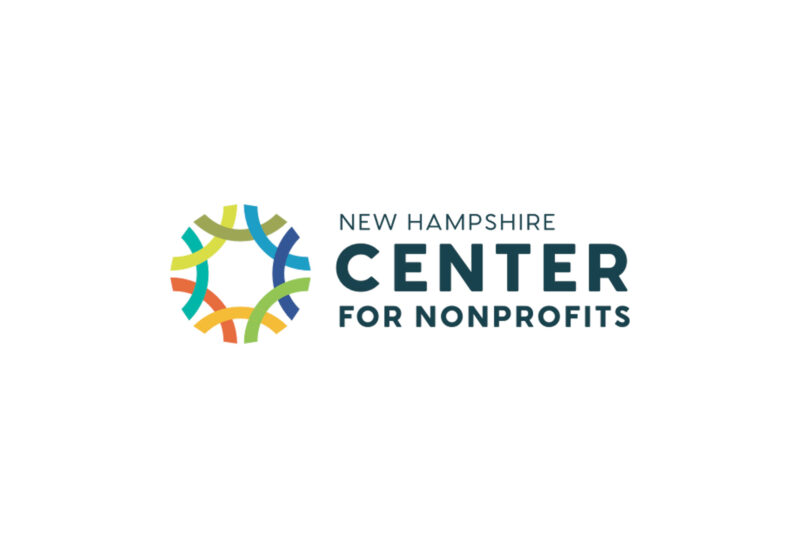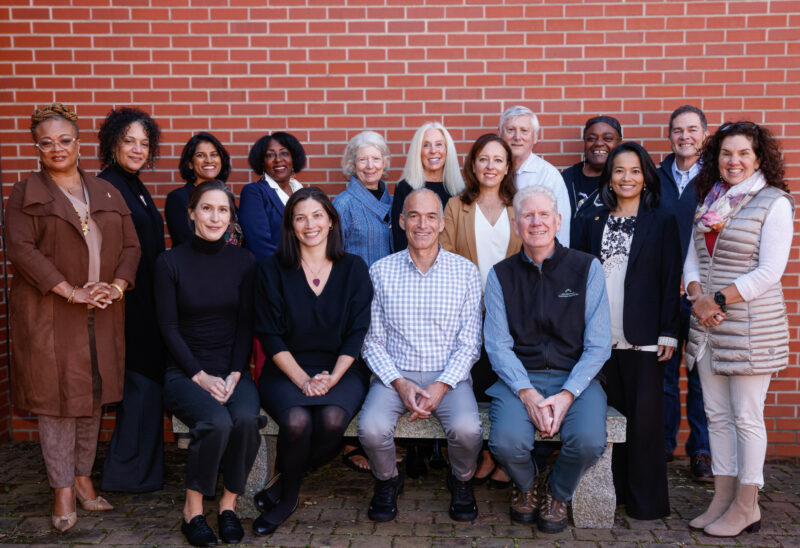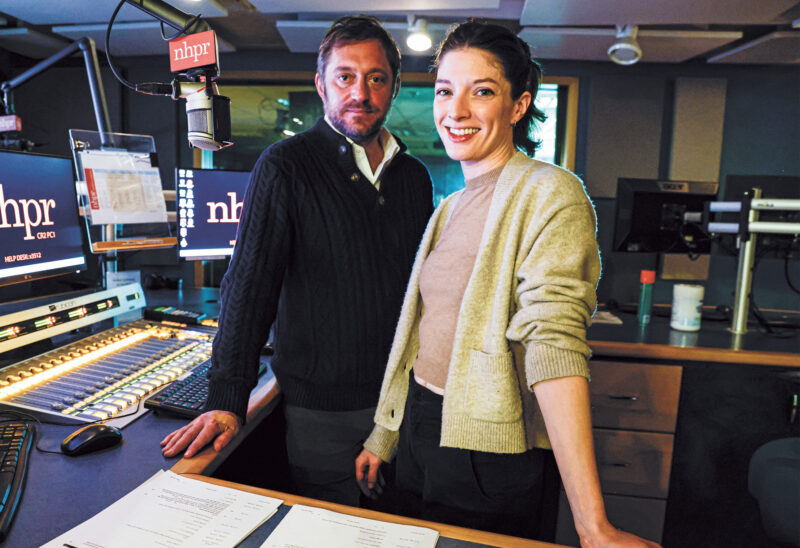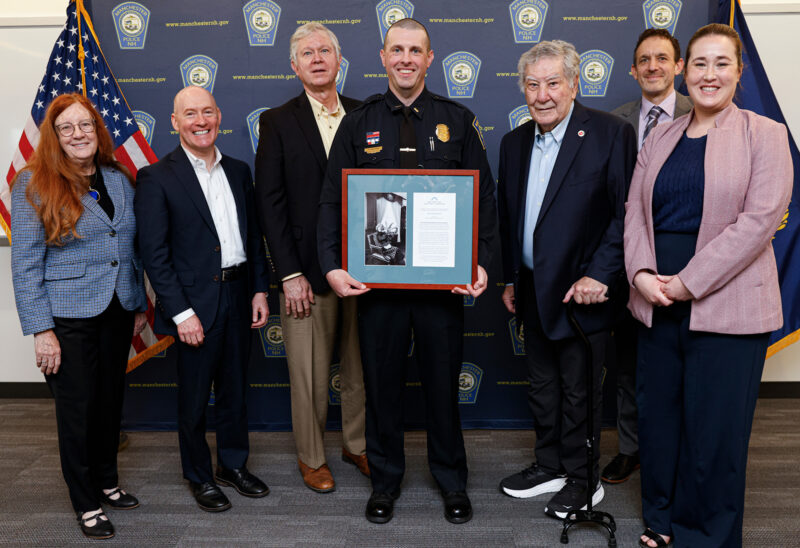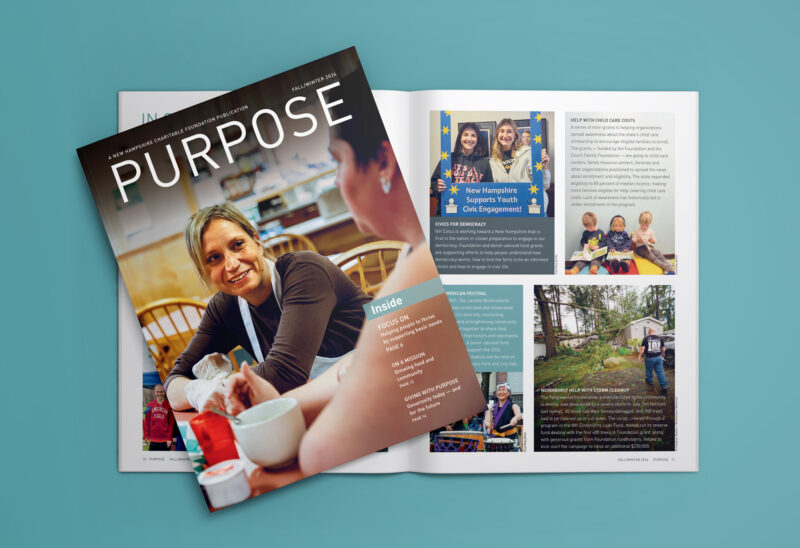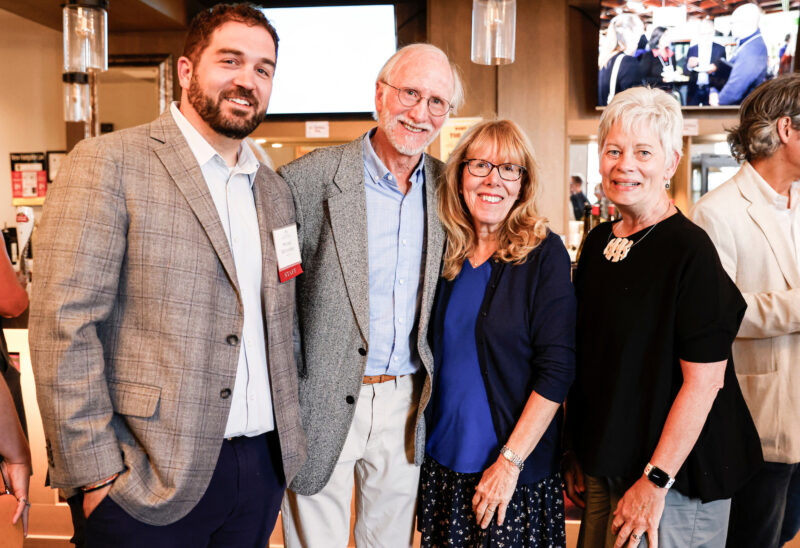Increasingly, around the country, nonprofits are joining in successful mergers to better serve their communities today, and better position themselves to do so for the long haul.
“Mergers as a Strategy for Success,” a study released earlier this year by the Metropolitan Chicago Nonprofit Merger Research Project, looked at 25 mergers in the Chicago area between 2004 and 2014. Researchers found that 88 percent of the organizations that they studied reported being “better off” after a merger (as reported by both the “acquired” and “acquiring” nonprofits) — better at achieving their organizational goals and better as measured by increased impact in their communities.
Mergers can be painful, and messy, and are enormously complex. There is a lot that can go wrong, and a lot that takes a lot of time to achieve. And we are not really accustomed to — and perhaps many are even a little suspicious of — mergers in the nonprofit sector. We associate the concept more with corporate takeovers than with delivering critical human services. Merging is obviously not always the right, or necessary, strategy. But we have seen here in New Hampshire that, sometimes, mergers are an effective strategy to advance nonprofit missions.
The Charitable Foundation recently assisted in two such mergers in New Hampshire — providing funding and support during the process as four Big Brothers/Big Sisters chapters were rolled into Big Brothers Big Sisters of New Hampshire, and as the Goodwin Community Health in Somersworth and Families First Health & Support Center in Portsmouth sought to combine operations to provide better care and service to their communities. The Foundation provided funding to support key elements of the merger process and worked closely with the organizations’ leaders to assess strategies and identify approaches to obstacles as they arose.
Big Brothers/Big Sisters provides critical mentoring services to our most vulnerable kids. The four organizations wanted to be able to increase efficiency of operations by sharing resources and, ultimately, to be able to serve more kids.
Goodwin and Families First provide health care and a range of other services to struggling families. The Affordable Care Act brought about changes in economies of scale — and to provide the best and most cost-effective services to their clients, both needed to scale up in size. Merging allowed them to do that. Now, a full range of services continues to be provided at both locations.
Here are some of the lessons that we learned as we engaged in the process of helping these organizations to successfully merge:
1. Know each other. A merger is something like a marriage. The partners entering into the commitment need to know and trust each other for it to work. Early on the in Goodwin/Families First process, it became apparent that to work together well, the merger committees of each organization’s board of directors really needed to know each other better. So they started having informal gatherings, in people’s homes, where they talked more about kids and pastimes than they did about the details and complexities of merging medical records and insurance. Those gatherings were a turning point, and turned out to be the glue, in the process.
2. Have the right people at the table. Mergers require the thinking and work of your entire boards of directors, plus key staff. This is not a process that executive directors can (or should) try to tackle alone.
3. Get the right help. The process of even considering mergers or deep collaborations can seem overwhelming, and it can be very helpful to have someone from outside both organizations act as a convener/facilitator. And while many of us tend to think about who in our networks we know who might help, we would suggest posing the question differently: who is an expert (either locally or nationally) at helping our particular kinds of organizations successfully merge?
The Goodwin/Families First merger worked with a national firm and a consultant who specialized in mergers between federally qualified health centers (FQHCs). Working with these experts was more expensive than the organizations planned on, but they provided each board with concrete information based on deep analysis and experience in the field customized to this situation. The Foundation funded this process because it provided unbiased guidance in which both boards could be confident.Big Brothers/Big Sisters, similarly, worked with state and national experts — including a facilitator who specialized in mergers of Big Brothers Big Sisters organizations, expert legal and financial help, and a communications consultant who created a plan to keep all stakeholders informed and engaged. Foundation funding supported that work.
4. Like most things in life, mergers work best when approached from a place of proactive strategy — rather than as a reactive response to distress. It’s not always possible, of course, even with the best planning, to foresee all the possible twists in the nonprofit road. But when mergers are undertaken deliberately, with sufficient time, and with a shared goal in mind, they are often more successful. Shared goals are not just about numbers served or cutting costs, but about culture, vision, and governance. Those are difficult, and sometimes time-consuming, things to focus on when stressors are forcing action. But if both organizations entering into a merger approach the process with open minds to change and different ways of working, success will be more likely.
5. Understand all the elements that are being merged. When two or more organizations come together, they are merging not just finances, staffs, board and executive leadership, but cultures, clinical practices and databases. Fully understanding all of those elements and having teams designated to attend to each can eliminate surprises and crises and make the process go more smoothly.
6. Have a contingency plan. For everything. A contingency plan should be strategic as well as tactical, with a firm understanding of different scenarios that could play out over the first 12-to-18 months of a newly merged organization and, within reason, how the most likely and least likely scenarios would impact the organization’s ability to succeed. What happens if joint revenue projections are off by 10 or even 20 percent? What is the communication strategy if issues arise? By answering some of these questions up front, an organization can be prepared to move ahead instead of entering crisis mode.
More organizations around New Hampshire are looking to this model as one possibility for best serving their communities into the future. While it can be arduous, time-consuming and complex — and needs to be undertaken with all due care and diligence — the long-term benefits to organizations and communities sometimes make merging a good option.
Additional resources:
The Chicago study, which built on research done in 2012 in Minneapolis, included in its executive summary “Ten Keys for Merger Success” that also provide some valuable insight.
In this guide to Scenario and Contingency Planning, The Bridgespan Group provides framing, tools, and resources for nonprofits to ask and answer: “What would we do if…”
SeaChange Capital Partners provides links to some outstanding resources on mergers and collaboration, all of which are worth reviewing.
“Meeting Your Match” is a free primer by La Piana Consulting for nonprofits in the early stages of merger considerations. The primer is based La Piana’s Nonprofit Merger Workbooks, which are available for purchase online.

